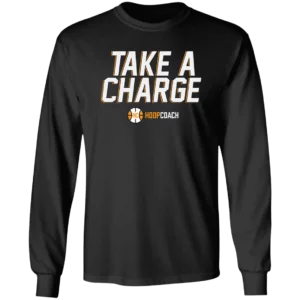For the last month or so, I’ve been helping a former player of mine coach a fairly talented 16U travel team. After several practices and games, I approached one of the players and asked him what his thought process was when his man had the ball on the perimeter. His answer came quickly and confidently, “I try to force him to his weak hand.”
To which I replied diplomatically, “You’re putting a lot of pressure on yourself forcing and you’re getting beat a lot. Why don’t you just play the man head-up and stay between him and the basket as much as possible and just be aware of his strong hand?”
The player easily agreed and proceeded to stay between his man and the basket pretty much the rest of the tournament-no matter how strong a match-up he had.
I obviously have no quarrel with systems that force middle or sideline into help or doubles. But I’ve always had issues with opponents needlessly getting into seams and drawing a helpside defender. While “help” is a very useful tactic, actually the less a defense has to help, the better off that defense becomes. As you well know, help very often leads to over-help, which directly leads to penetrate and pitch treys.
The concept I’ve always promoted is “fake-help”. If the man on the ball is, in fact, staying in front of his man, the helpside defender just needs to be “there” and as the ball approaches him, he is “faking” help but sliding back to his man to get a “tie on the catch.”
With all the screen-roll and dribble-drive offenses out there today, defenders are challenged more than ever to be able effectively guard the ball and not expose their teammates to unnecessary helping.
Generally the defender needs an arm’s length away to be close enough to prevent a shot and yet far enough away to prevent needless fouls. But as a wise coach (Adelphi’s Marv Kessler) used to say, “If you’re guarding someone better and/or quicker, space off of him.” In this case, maybe an arm’s length and a half is required to give the defender the best chance to stay in front of his man.
In summary, each player will play in whatever man-to-man defensive system his coach advocates. But, whenever a player is playing outside of a team system, the more he can guard his man “head up” and stay in front of him, the better off he’ll be in the long run.
How do you teach your players to guard the ball? What is your system and why?



We want the ball in the corner because that is where there are fewest offensive options. Therefore we teach force sideline and down (toward the baseline). When the ball is in the corner, don’t let it out (make the wing go backdoor)
We pressure the ball and stop the drive (a total reversal of philosophy from the 80’s when we contained the ball). If the ball is “up top”, play as you described. But. when the ball is on the wing, the defender’s position looks like a wing in a 1-3-1 (shoulders parallel to the sideline, take away the dribble to the top that would set up the pick and roll/pop plays). We then play a pack line concept, daring the dribble into our defense. We allow the pass into the corner (unless that is a great shooter).
A have a basketball creation that is a little similar to yours,and I think that it is very effective.My creation is the ASL basketball defense concept. I also have a creation called the magnet system of offense. this is my twitter account/handle @HoopsAsia